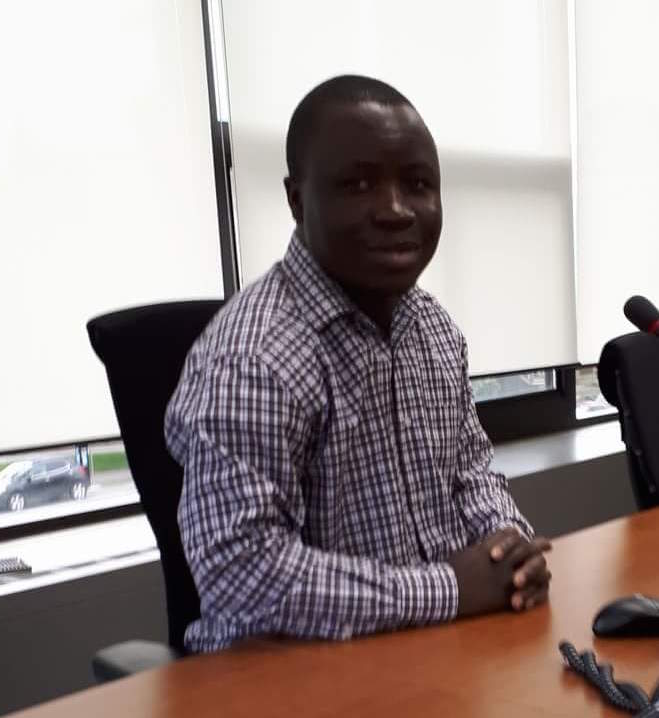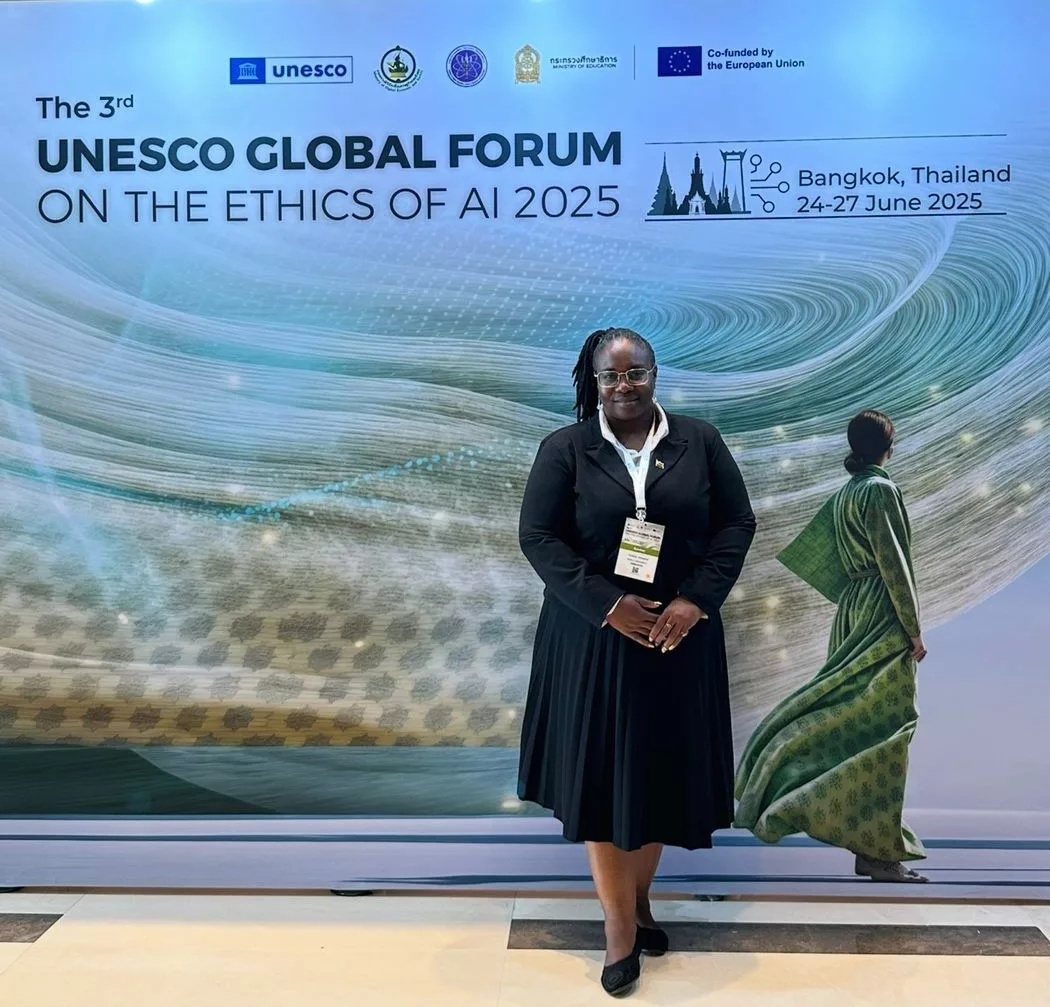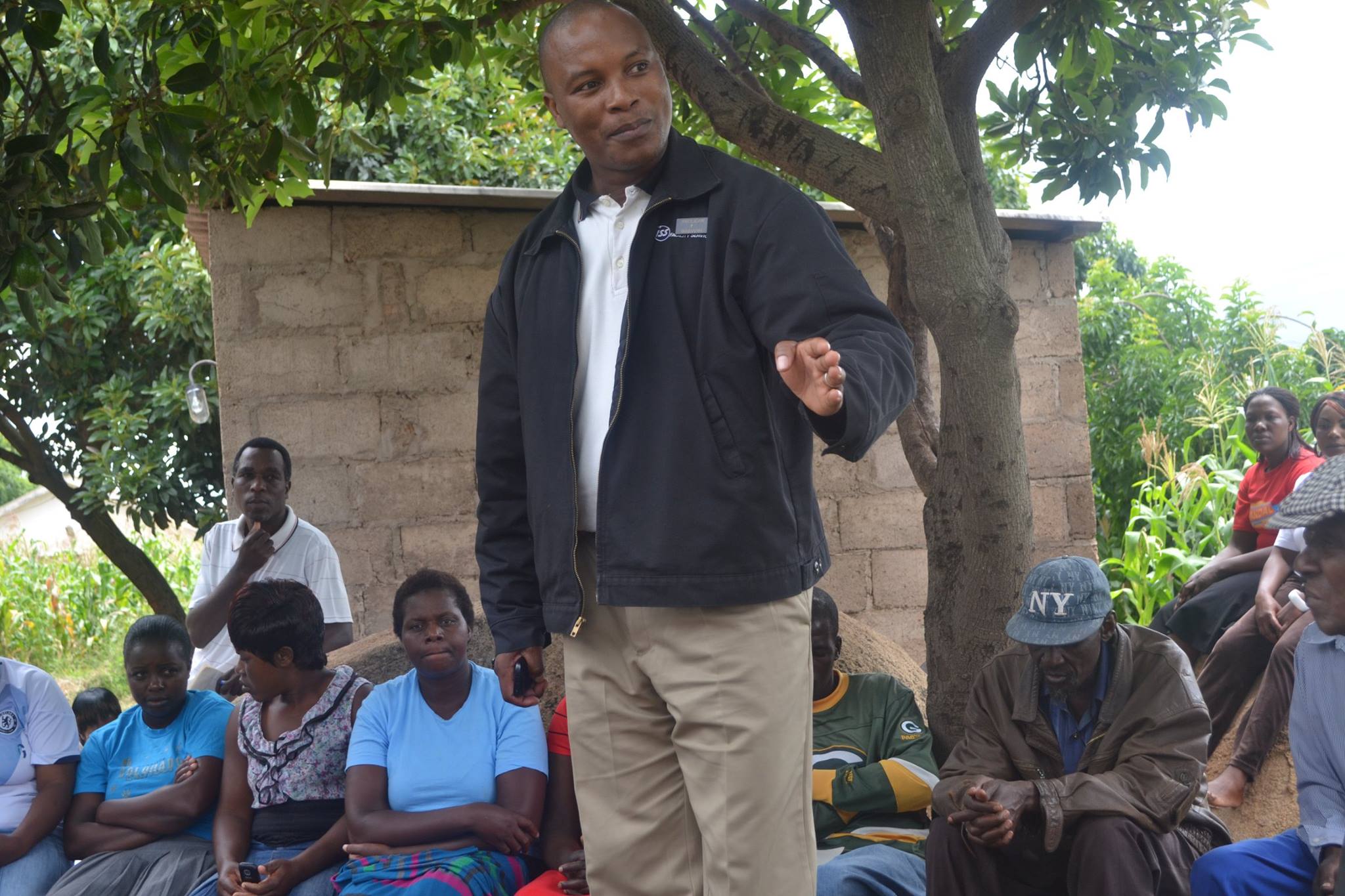Reflections from the Business Retention and Expansion (BRE) programme in the Town of Swift Current, Saskatchewan (Canada)
By Elmond Bandauko
One of the projects we were tasked to do in our Economics and Policy Analysis course with Dr. Rob Leone was prepare a report analysing the preparedness of selected smaller municipalities to implement local economic development. My team and I were focusing on the Town of Swift Current, which a smaller municipality in Saskatchewan, one of Canada’s ten provinces. Being a smaller town with just 16,604 people, Swift Current provides important lessons on how to successfully apply business development approaches to drive the local economy. The Town has since institutionalised BRE as a critical tool for its economic development policy and practice.
Understanding Local Economic Development
LED is viewed as a process that influences the growth and restructuring of an economy leading to such desirable benefits including but not limited to the creation of jobs, the facilitation of new business start-ups, the strengthening/expansion of existing enterprises, the introduction of new entrepreneurial opportunities for women, and the improvement of quality of life. LED is a process by which public, business and non-governmental sector partners work collectively to create better conditions for economic growth and employment generation. LED is thus about communities continually improving their investment climate and business enabling environment to enhance their competitiveness, retain jobs and improve incomes.
Business Retention and Expansion (BRE) as a tool for local economic development
BRE is an internationally adopted and focused approach that works directly with communities to identify and understand the needs of local business and assist them to survive and grow. Often communities focus solely on attracting businesses from the outside and forget the vital importance of their existing businesses, in the course of trying to land that “big fish”. If communities offer a healthy growing existing business base, investment attraction and new entrepreneurship come naturally as a bi-product of a healthy business climate. Other benefits of BRE is the assembly of a Task Force representing local leaders from business, education, government and economic and business development. This broad collaboration will not only allow access to more resources, expertise and contacts it will ensure local issues are broadly understood and solutions are sought by all leaders of the community. Connected communities utilise all possible resources and assets to achieve optimum results and success.
The BRE Process in Swift Current
Establishment of the BRE Taskforce
The first step in a BRE process is to establish a BRE Taskforce. The Business Retention and Expansion Task Force is represented by different key local stakeholders including Downtown Business Associations, Regional Development Agencies, Community development organisations, Tourism Swift Current, educational institutions, civic society actors and other stakeholders that are involved in local development issues. The Terms of Reference for the Taskforce include: enhancing cooperation and consensus among businesses, local government and economic development organisations; accurately assessing the needs of local business; providing support/information to address immediate individual business issues and opportunities; and contributing to the development of a strategic action plan for economic prosperity.
BRE Survey
The Task Force begins with the process of connecting directly with the business community through the implementation of a BRE survey. This is against the understanding that an assessment of local businesses is instrumental in strengthening relationships between the business sector and the community and at the same time aid in identifying the areas of strength and weakness within the local economy and business environment.
BRE Research Review
After the BRE survey, all the data is compiled and analysed by BRE specialists. The data results are then summarised and shared with the Taskforce for review and dialogue.
BRE Taskforce Retreat
The Task Force Retreat is about bringing together a broad cross-section of community leaders to provide further insight and advisement into the strategy areas and potential projects and set priorities for the business community. Community and business leaders are identified an Advisors for strategy areas which may cover issues such as Improve Business Retention and Expansion by Developing and Strengthening Local Capacity, improving business conditions, improving local tourism and any other strategy areas that might have been identified in the BRE survey.
During the retreat, Advisors review projects identified in the report and determine whether each project should: remain on the list as is, be revised, be removed, or any need to develop a new project. A certain number of projects will be considered. High ranked projects are given first consideration for implementation. However, all projects might be important, and their advancement will not be discouraged if they are not highly ranked. Projects cannot advance unless there are individuals willing to lead and support the project. Though a project may be ranked top it cannot advance without necessary resources and support. As a result, Advisor will be asked if they are interested in providing support to see a specific project(s) advance.
Final BRE processes
One the priorities have been confirmed and efforts to advance the projects into action is the critical next step. The Task Force come together to assess the priorities and source resources to lead the projects forward.
Identify projects and leaders: Select projects for implementation and leadership
The BRE Task Force must now determine which projects they are going to lead to action. Each member will decide which project(s) they will lead. This means the member will commit their own leadership and resources to ensure the project is implemented. This also includes selection of key stakeholders who can lend insight, knowledge, and possibly resources to move the projects forward. Advisors who participated in the Task Force Retreat may have expressed interest in participating and supporting the project and should be contacted. It is important that projects are selected that will produce some early wins.
Once the projects and their leaders are identified Project Leadership Teams are formed and a series of working sessions begin. The sessions will outline a charter for each of the projects. The project charters will serve as the foundation documents that will assist in guiding the projects to success and providing a communication tool to be shared with others to build local understanding of the projects within the community and their importance to economic growth. The project charters will identify the vision, mission, goals, objectives, roles and responsibilities, timelines and reporting schedules, and measures of success for each of the Project Leadership Teams.
Host Economic Growth Forum
A forum is hosted to present the results of the survey, the economic analysis and the key priorities that resulted. Within this forum the Leaders who stepped up to lend support and have committed to drive the projects forward will be introduced and celebrated. Further all businesses who dedicated their time to participate in the survey process will also be acknowledged and celebrated. The forum will serve to communicate the commitment of the city, local businesses, organisations and institutions to the growth of business and the local economy.
Implement Action Plans: Move projects into Action!
When the Leaders have been positioned and are equipped with a detailed plan of action for moving forward, it will be the responsibility of the BRE Task Force to ensure meetings occur, action plan deliverables are being achieved and action is happening. As a result of time spent by the Project Leadership Teams constructing detailed charters and action plans for each project and determining key tasks with completion dates, meeting schedules should be developed and correlated to these dates. In turn, each meeting agenda should complete a review of each task proposed for completion by the meeting date. Those responsible for the tasks will be required to report to the team on the status of the task and whether it has been completed. To ensure optimum participation by team members an organised and structured system for participation that offers clear lines of communication is vital.
Monitor progress
Once the projects have been underway for approximately a year and it is time to complete a review of how the projects are progressing and determine if priorities must be realigned. This will be done by engaging each of the Project Leadership Teams to develop report cards on the progress of their projects. Monitoring will ensure that priorities are aligned and necessary decisions on projects will be made if they are any deviations from the plans.
Main take-aways from the BRE program
The case of BRE in the Town of Swift Current provides us with the following key highlights:
- First, conducting an analysis of a local economy and identifying strategies for growth is essential in determining the needs and opportunities of the local business community. To design effective strategies, it is necessary to gain an accurate understanding of the needs, weaknesses, capacities and strengths of the business community and its potential for future growth
- Second, bringing local stakeholders around one table through a Local Forum helps to build trust, encourages innovation and promotes the creation of social networks and activities. Most importantly perhaps, the involvement of stakeholders fosters social cohesion and stakeholder collaboration in implementing local economic development programs. BRE encourages collaboration among businesses, local government officials, education professionals as they work toward the same goal of improving the competitive landscape of local businesses
- Third, BR&E is a structured community-led process to gather information about the current business climate and implement an action plan to address issues. As long-term success often depends on the capacity to build strong relationships and networks, BRE is an ongoing process and requires commitment to continuously address identified challenges.
- Fourth, BR&E is intended to help focus the energies of community stakeholders on the economic assets that already exist in their cities, counties and regions, making them stronger and more resilient over time. Business retention and expansion is the foundation of effective economic development. It makes little sense to invest time and resources to recruit new businesses while losing others due to lack of attention to changing needs or emerging obstacles.
About the author
Elmond Bandauko holds a Master of Public Administration (MPA) with specialisation in Local government from the University of Western Ontario (Canada) where he studied as an African Leaders of Tomorrow Scholar. He did his BSc. (Hons) in Rural and Urban Planning from the University of Zimbabwe. His interests include participatory policy making, policy innovation and policy diffusion, public management, program and policy evaluation, collaborative governance and the politics of urban development in cities of the global south. You can follow most of his work at httpss://www.researchgate.net/profile/Elmond_Bandauko






